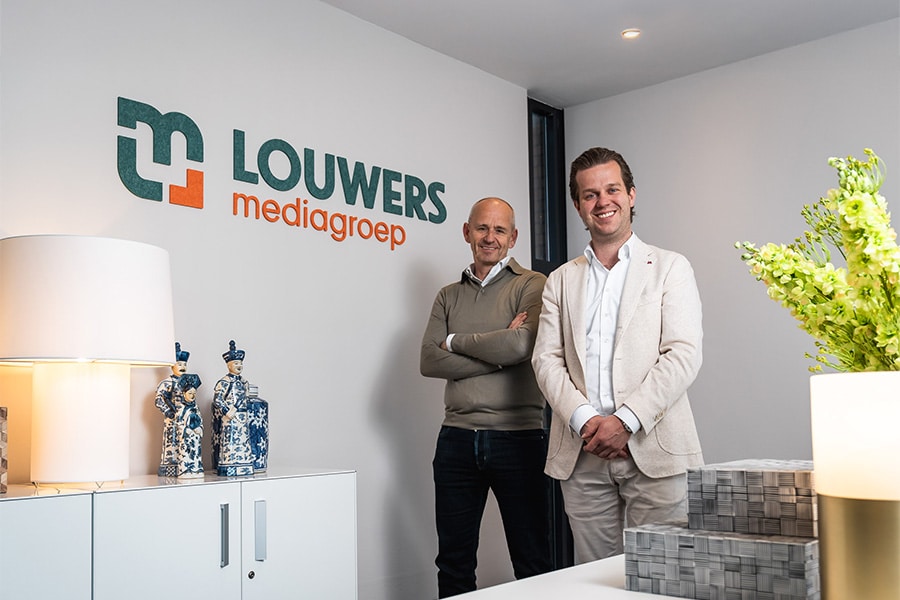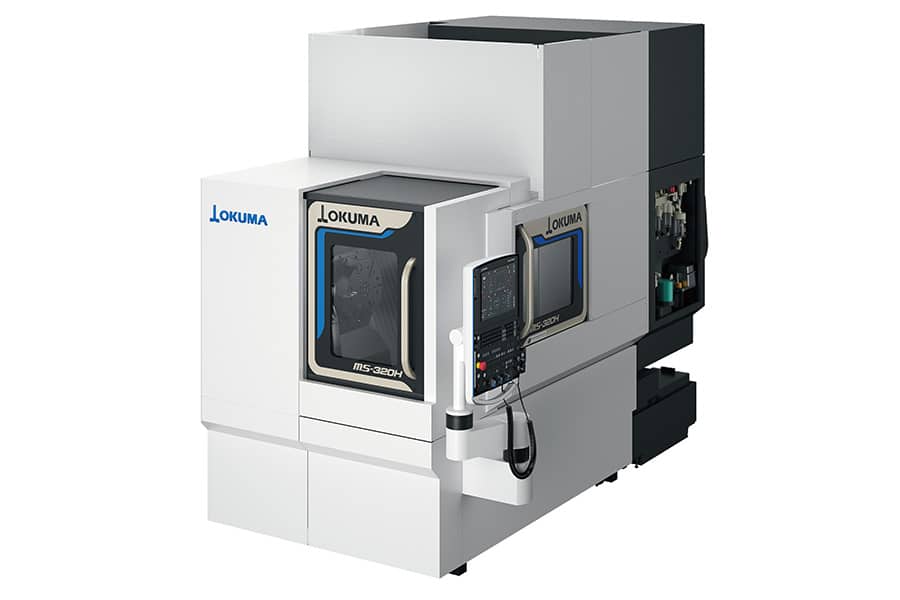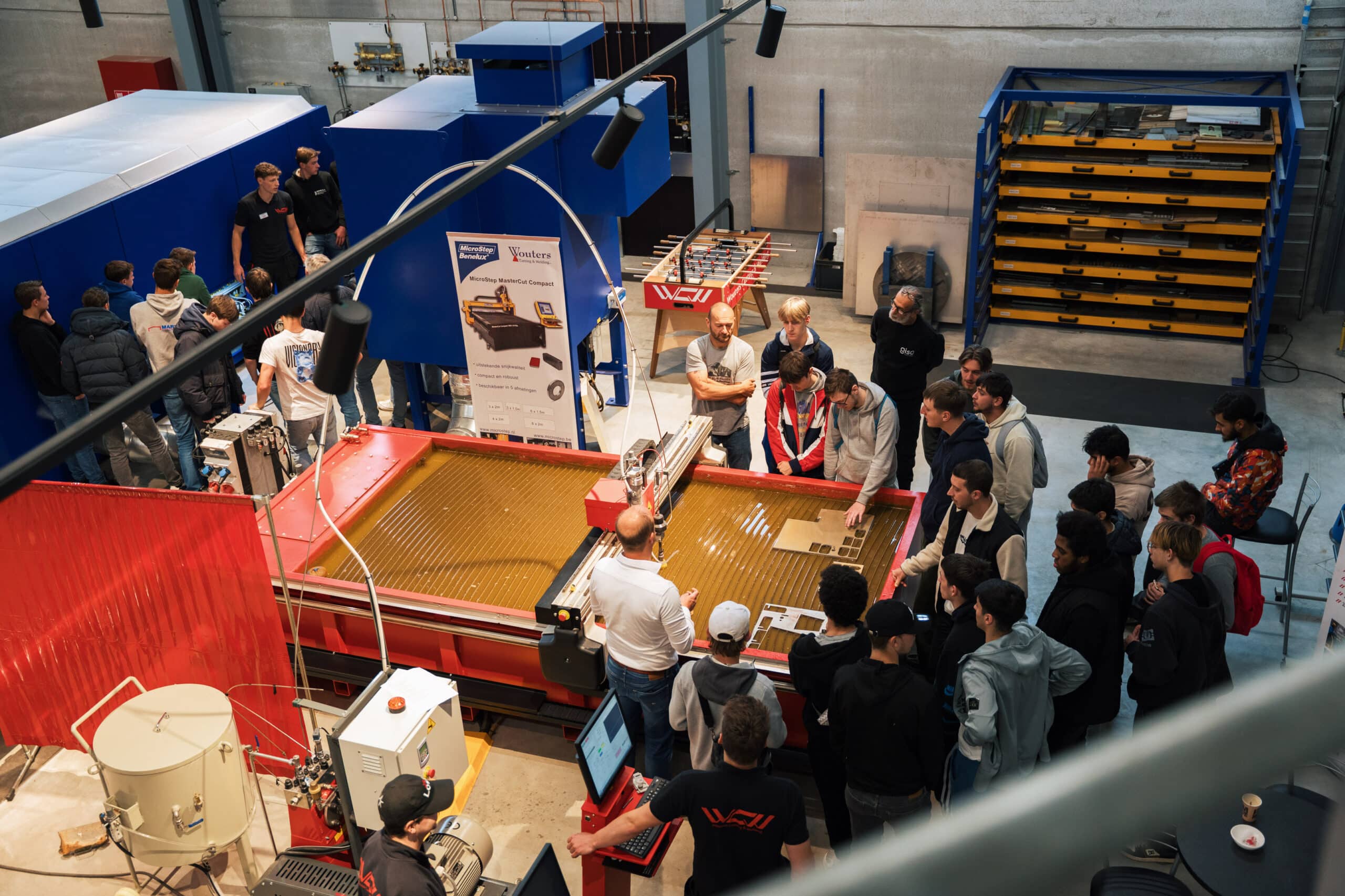
3D printing of simple parts can be fast and inexpensive
There are a lot of preconceptions surrounding 3D printing. Nice technology, but what can you actually do with it in production, if you don't make expensive parts yourself? Nothing. At least, that was the conclusion we drew about five years ago. Today we see a very different story. 3D printing has become, by trial and error, a process we use to make real product parts on a medium scale.
Robland makes its own woodworking machines that find their way to joiners worldwide. To produce those machines, our production process consists of three departments: sheet metal working, machining and welding. We still work here with the mentality "if we can make it ourselves, we will. In 2019, we started experimenting with 3D printing for the first time. One of our engineers had one at home and saw potential to use it to build prototypes on the shop floor as well. A first test case quickly presented itself. We had a problem with an ABS cover. The supplier couldn't deliver, why not 3D print it?
We learned lessons right away. Start with small parts and buy a better printer for that right away. A model of a few hundred euros brings too many limitations. But we had a taste for it, because we could now produce the part cheaper ourselves than buying it from a supplier. Therefore, we kept looking for new possibilities within our production. For example, how we could use a 3D printer to make tedious to assemble parts in one piece. Or how we no longer needed to stock certain spare parts for older machines, but could print on-demand and improve our service to customers.
If there was a business case to be made for a particular part, the 3D printer could get to work on it. But what about the time factor? 3D printing takes a lot longer than conventional machining processes. True, but have you also calculated the time between waiting and actual production? We have. From production order to finished product, the machining process takes only five percent of the time. The rest of it goes to waiting for raw materials, waiting for the next operation, finishing ... On average, that takes us three to four weeks to schedule pieces. For 3D printing, we send them to our print farm and the next day we have stock for another week.
Today, that print farm already consists of about sixty printers. One more is added almost every week. We already produce more than 179 different part numbers with it, accounting for 90,000 parts per year. The series size varies from 5 to 4,500 pieces. For that, we need an average of 280 kilograms of filament per month. A success story. Absolutely. But there were also stumbling blocks. We get the most benefit from pieces that we can redevelop. To turn separate parts into one integrated component that is easy to attach. PLA doesn't have the same strength as steel, but that's not always necessary. Also, don't think that everything can be 3D printed, or that it will be flawless anyway.
But the benefits and potential cost savings are there, with this technology. Because of the believers with us on the shop floor, we have been able to get the pieces to prove themselves. 3D printing can, and can be affordable, even for non-high-end applications. It deserves at least the attention of every machine builder as an interesting solution.
(To a lecture at Machineering)



